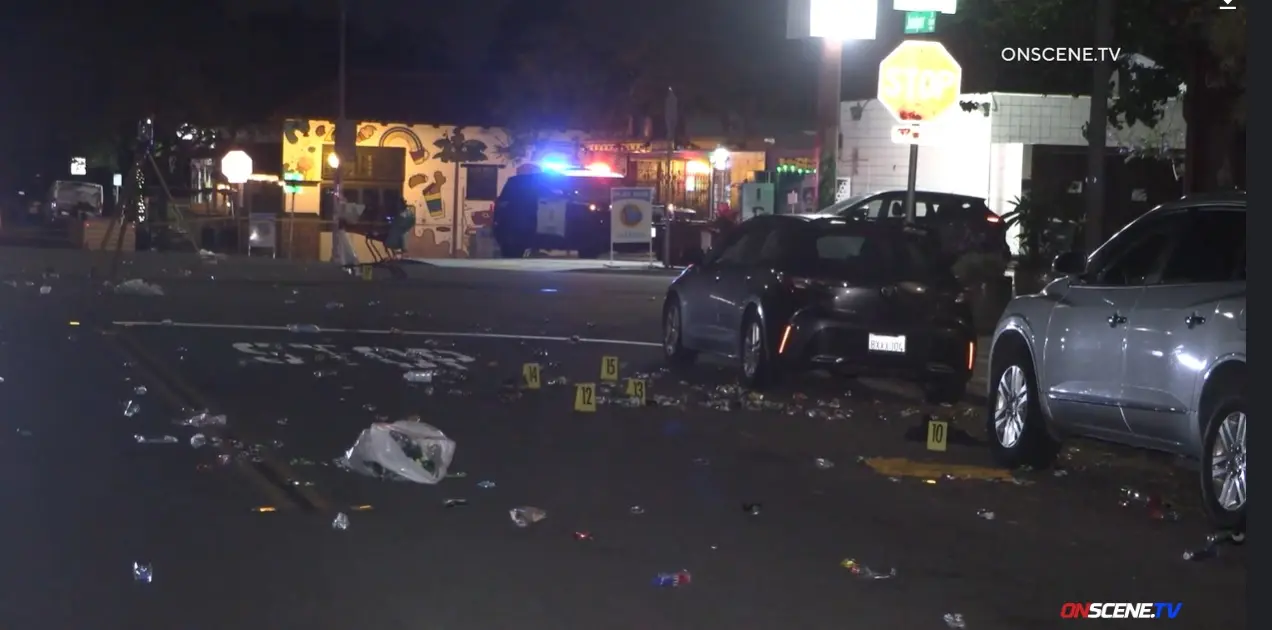Cold cases, particularly hit-and-runs, have presented law enforcement with challenges for decades. After a crash occurs, it can take investigators years to identify a suspect, if they ever do, due to limited evidence, which is often no evidence, limited witness testimony, or limited follow-up contacts. However, advances in forensic technology are beginning to change that balance.
New technologies, including DNA phenotyping, genetic genealogy, and technology-enhanced video analysis with better optics, for example, can work together to reopen the investigation on cold case hit-and-runs that investigators previously struggled and failed to solve. Even DNA samples that are partial and leftover from minor accidents may eventually provide advancements.
Now, evidence such as video footage that may be of poor quality from a police officer’s body-worn camera can be examined and enhanced for specific details containing enough evidence to identify somebody.
In addition to advancements in forensic technology, the advancement and greater access to databases and levels of evidence like both DNA data and digital data, also support solving cold case hit-and-run investigations.
When investigators research and review their old hit-and-run cases in light of new technology, they do some comparisons against databases that have expanded and grown in interest since the original case was opened.
All the results of their comparison of databases to physical evidence can raise potential leads, which may lead to identification. With all of that, they can begin to pursue potential leads that may ultimately lead to a suspect. For the victims, it is about justice. For the families, it is about closure, often after waiting many years.
The Impact of Forensic Technology on Cold Case Hit-and-Run Investigations
Finally, modern forensic technology has provided renewed hope in hit-and-run cases that may have gone uninvestigated for years, or even decades. Advanced forensic methods, tools, and skills, now available to investigators, provide closure where other traditional forensic investigations may have historically only been a dead end.
Forensic Science Advances in Criminal Investigations
Police departments nationwide are revisiting cold case hit-and-runs thanks to major improvements in forensic science. New techniques can now extract evidence from the smallest paint chips or broken headlight fragments left at crash scenes. Even years later, these tiny pieces can help identify vehicle makes and models with surprising accuracy.
High-resolution scanners and 3D modeling create detailed reconstructions of crash scenes. This helps forensic specialists visualize exactly how accidents happened, even when witness statements were unclear or contradictory.
Video enhancement technology has also improved dramatically. Investigators can now clarify blurry CCTV footage that previously couldn’t identify vehicles or drivers. Even partial license plates or minor vehicle damage can become valuable clues.
Utilizing DNA Technology and DNA Analysis
Changes in DNA technology have changed the way investigators examine hit-and-run collisions. New sources of DNA have emerged that are usable, and investigators can now identify usable DNA from surfaces like steering wheels, gear shifts, and even the outside of vehicles that they previously believed were impossible to profile.
Touch DNA analysis can now develop a profile of drivers who fled the scene of an accident, years later, with DNA evidence. The touch DNA analysis uses the skin cells that a person left behind on the object that they have touched involved in the crash. In certain cases, there were biological samples obtained from victims clothing, where the victim made contact with the person who fled the scene.
The sensitivity of the tests has enhanced dramatically. Laboratories are now able to obtain usable DNA markers and profiles from extremely small samples. Things that may have been dismissed ten years ago are now usable and valuable identification and information for cold cases.
Role of DNA Databases and Genetic Genealogy
DNA databases have become powerful crime-solving tools for hit-and-run investigations. When investigators find DNA evidence at crash scenes, they can search these databases for potential matches among millions of profiles.
Law enforcement agencies regularly upload unidentified DNA from cold cases into systems like CODIS (Combined DNA Index System). This has helped solve cases when perpetrators later had their DNA collected for unrelated offenses.
Genetic genealogy has emerged as a game-changing approach. This technique allows investigators to identify suspects through their relatives’ DNA. By building family trees from genetic matches in public databases, forensic specialists can narrow down possible drivers who left DNA evidence at hit-and-run scenes.
Private companies now offer specialized services to help law enforcement with these complex searches. This collaborative approach has successfully closed cases that remained unsolved for decades.
Impact of Forensic Technology on Justice and Solving Unsolved Cases
Forensic technology has revolutionized how law enforcement tackles unsolved cases, bringing closure to victims and their families. Advanced tools now help investigators uncover evidence that was once impossible to detect.
Collaboration Between Law Enforcement and Forensic Experts
When police and forensic experts work together, magic happens in solving cold cases. Teams of dedicated investigators now partner with lab specialists to revisit evidence from unsolved hit-and-runs, burglaries, and even homicides that happened decades ago.
This teamwork creates a powerful combination of street knowledge and scientific expertise. For example, detectives might understand the crime scene context, while forensic experts can apply new DNA analysis techniques to old evidence.
Many police departments have created special cold case units where officers and forensic scientists work side by side. These partnerships have solved numerous cases that once seemed hopeless, bringing much-needed answers to victims’ families.
Using New Crime-Solving Tools to Solve Hit-and-Run Cases
Hit-and-run investigations have been drastically changed by new forensic tools. Today, DNA technology can identify subjects based on very small amounts of biological material found at the accident scenes.
Paint chip analysis can be very precise, and forensic experts can match vehicle parts to specific brands and models. Even microscopic glass fragments can tell investigators what type of headlight was broken in a collision.
Digital forensics plays a significant part in investigations today, too. Traffic cameras, cell phone data, social media posts, and all kinds of data can help investigators determine a timeline and place suspects at the point of the crime. New technological tools have enhanced the investigative process and solved cases even after the investigative process has failed.
3D crime scene reconstruction provides juries with a clear understanding of what has happened and increases the likelihood of a positive outcome for victims of violent crimes, such as murder and sexual assault.
Funding and Resources
Although there are incredible technology, funding limitations have prevented many police departments from successfully solving cold cases. Processing DNA and other evidence is expensive, and certain specialized equipment requires a greater investment.
Some departments have identified alternative creative routes to funding via grants and partnerships with private labs or nonprofits. Other departments have prioritized cold cases based on their chances of acquiring a DNA match (i.e. cases where victims or suspects can be identified are favored) or their hopes of solving a violent crime (e.g. homicide or sexual assault).
Another issue is training. New forensic techniques are being developed all the time, and keeping officers and investigators educated about practices is a continual process.
Some departments face issues with storing old evidence. Many police departments do not have proper long-term evidence storage facilities. This may impact solving cold cases when departments receive new technology in the future.

